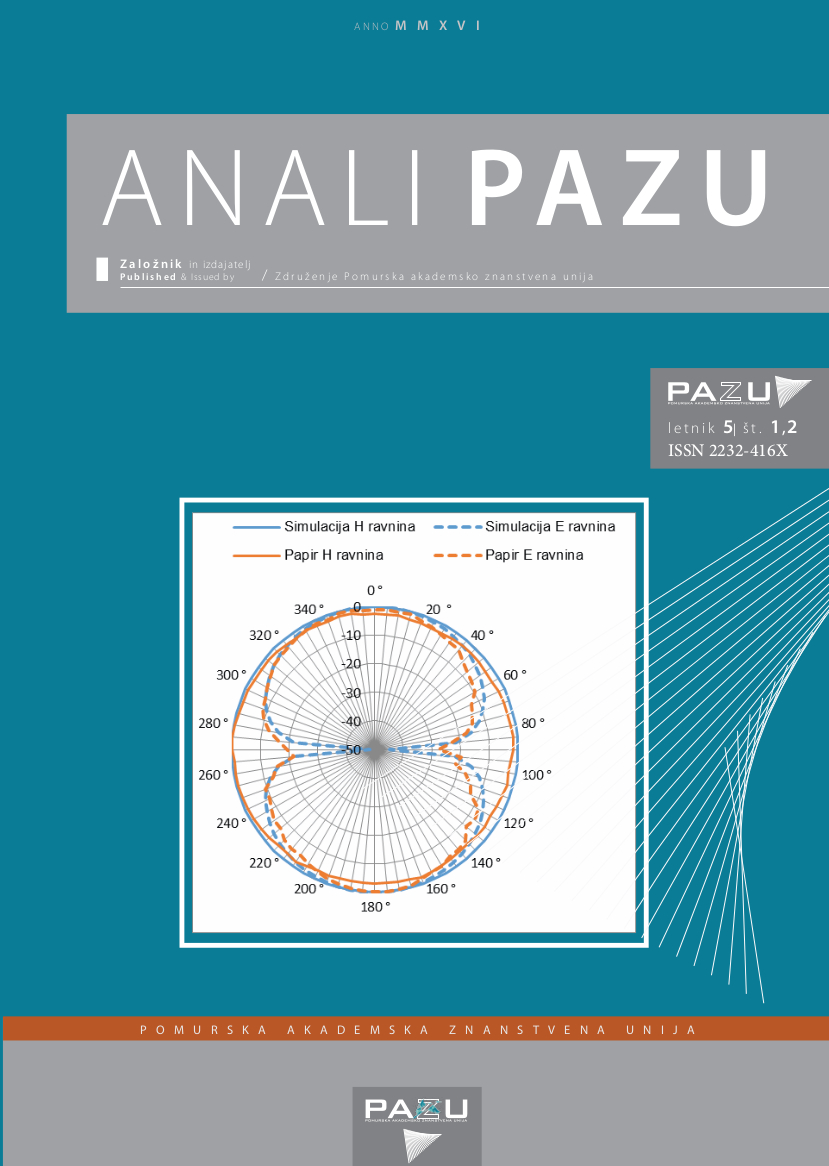Adsorption equilibrium modelling for different temperature conditions and its influence on adsorption mass transfer
Abstract
The paper deals with numerical modelling of adsorption kinetics in a narrow channel of a honeycomb type adsorber. The mass transfer model consists of solving the diffusion-convection transport equation for adsorbate species in the fluid phase. The adsorbate flux to the wall is computed implicitly by using the Boundary Element Method for the solution of the transport equation. Scalable boundary condition for the adsorbate concentration on the adsorbent walls is used, defined on basis of the ratio of the accumulated adsorbate mass and the equilibrium adsorbate mass for a given system temperature. As the state of equilibrium is dependent also on the system temperature, a sensitivity study of the adsorption process under different system temperatures is performed. Among the studied adsorption equilibria models, including the Freundlich model, Simplified local density (SLD) model and the Dubinin-Radushkevich model, the latter is proved as the best compromise between accuracy and computational cost and applied in mass transfer kinetics computations. The results of computations show, that the increase in system temperature results in a decrease of breakthrough times, as the equilibrium amounts of adsorbate at the adsorbent walls decrease with increasing temperature, therefore making the derived numerical model suitable for further use in detailed mass transfer kinetics computations.
